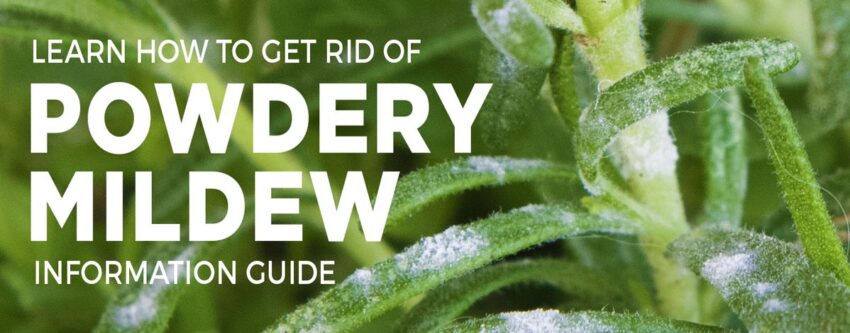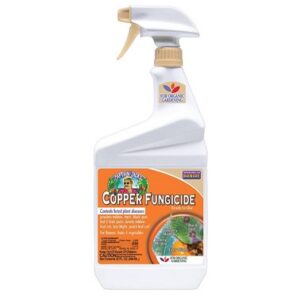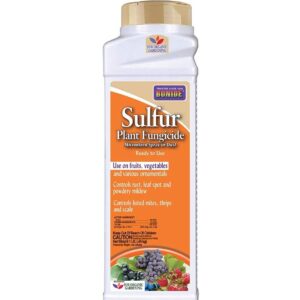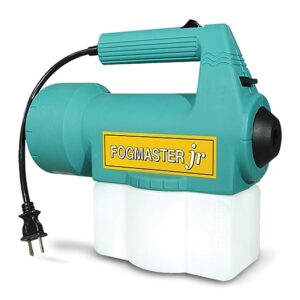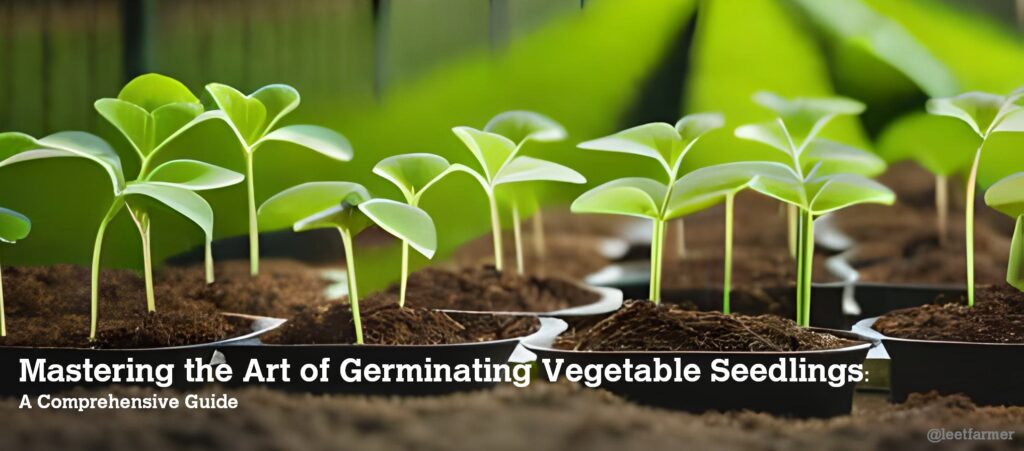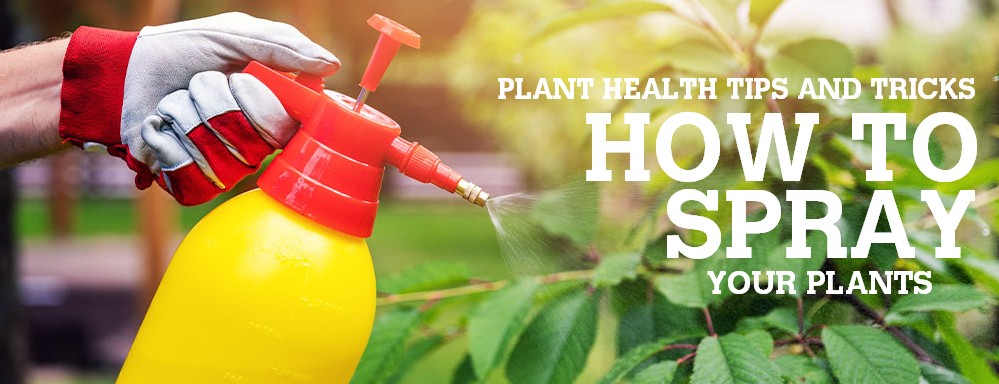Powdery mildew is a type of plant problem or pathogen caused by fungi. This type of fungi is like a plant parasite, meaning they need to live on plants to survive. They’re called “obligate biotrophic fungi” because they can only grow and reproduce on living host cells and can’t survive without them.
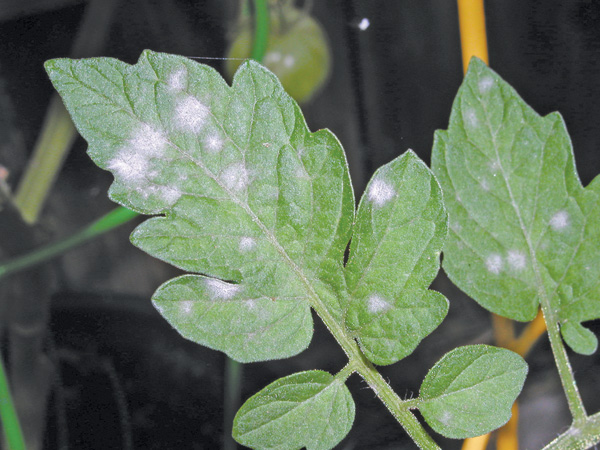
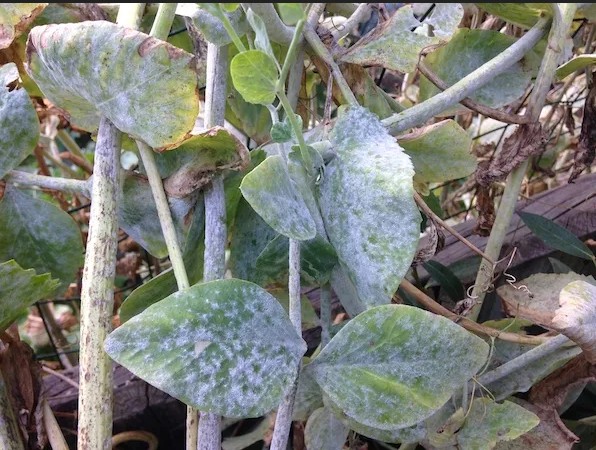
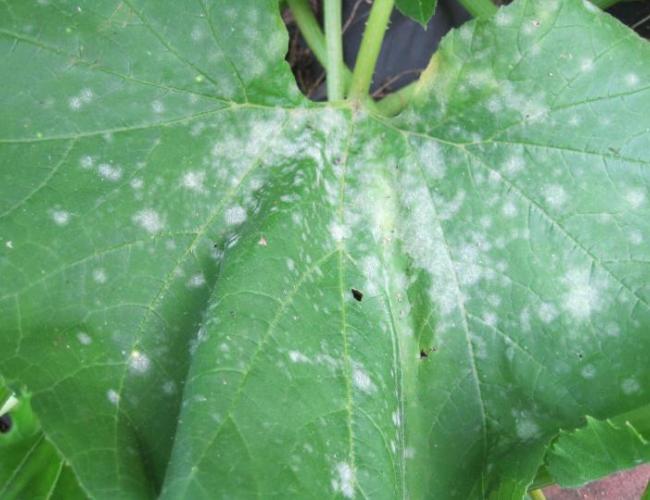
Imagine these fungi as plant vampires – they attach themselves to leaves, stems, and other plant parts. They spread around with the help of wind or sneaky insects. When the wind blows, it carries their tiny spores from one plant to another, kind of like how dandelion seeds float in the air. Pests like insects can also carry these spores on their bodies as they move from plant to plant. Fungal gnats,
There are different types of powdery mildew fungi, and they each have their own favorites. For example, the powdery mildew that bothers squash plants might also bother some other plants in the same plant family, but it won’t bother roses. And the powdery mildew that bothers roses won’t bother zinnias (and the other way around). However, the powdery mildew that affects zinnias can also affect many other plants that belong to the same plant group.
These powdery mildew fungi are like picky eaters – they only like to live on living plants. Once the part of the plant they’ve attached to dies, the mildew dies too, unless they make special structures called chasmothecia (spherical, resting stages of the fungus). These structures are like cozy resting places for the fungus. So, the fungi need living plants to survive and thrive.
How to Prevent Powdery Mildew infestation:
Let’s start off with the six P’s: Preparation and preventative measures prevent piss poor performance. Prevention is the best weapon against pests, mold and mildew. Adequate spacing between your plants to ensure proper airflow, not watering the leaves of the plants, and avoiding splashing water from the soil onto the leaves while watering are all great ways to help prevent powdery mildew. It unfortunately lives in the air on weeds, bushes and shrubs so it is likely just a matter of time before your plants are infected.
Once your plants have grown to their teenage state, maybe they have some flower buds forming, or your first fruits or veggies are showing, is a great time to start preemptively spraying with a sulfur or copper based fungicide. Continue to spray weekly until the plants come to their old age and are ready to join the compost bin. One benefit of keeping the plants healthy throughout their life is being able to avoid introducing any mold or mildew to your compost.
How to Manage the Powdery Mildew infestation:
There are two types of fungicidal control:
- The first being eradication of existing infections
- And the second being protection of healthy tissues.
The first step is simple, remove any leaves that have been infected. This will slow down the spread of the fungi by removing the spores ability to spread by wind or insect. Here is an unfortunate truth and why you should remove the infected leaves: once the Powdery Mildew has infected a leaf or other plant tissue, it now lives inside of that area of the plant. The fungus survives as mycelium in those areas. So it’s best to remove those areas. Even if you spray those areas and it seems to disappear, it will come back with a vengeance.
The second step is to spray the plant with your fungicide of choice. It is advised to rotate the different fungicides to help slow down the development of fungicide resistance. There are a lot of organic fungicides available on the market today. I have had good results with Safer Fungicide that contains 12% Sulfur in a liquid form. I mix this with water based on the recommended amount and spray the plants once a week at first sign of Powdery Mildew (be sure to remove the infected leaves before you spray otherwise you will spread the fungi spores!) Another great product is Bonide Sulfur Plant Fungicide that contains 90% sulfur in the form of a dust. It can be added to a fine mist sprayer like a FogMaster Jr and applied via micronized spray or applied as a dust. I use it as a spray. Mixing the sulfur with purified water seems to do the best job.
Now that you have removed all of the leaves and sprayed the remaining healthy areas of the plants continue to spray once a week. If you need tips on how to spray your plants and what kind of equipment I use go check out my blog post about spraying by clicking here.

